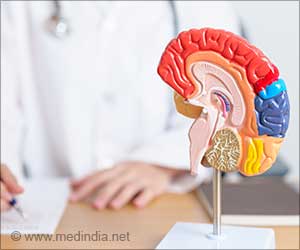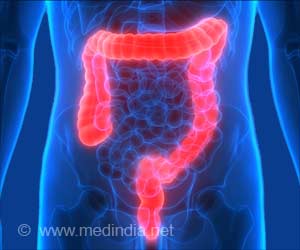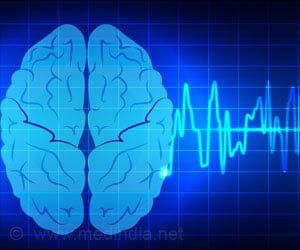Researchers at Albert Einstein College of Medicine say they have succeeded in genetically engineering mice to overproduce a protein that helps collect cellular garbage and thus slows down liver degradation.
"[The research] proves for the first time that if you eliminate the garbage, the cells will keep functioning well and are pretty much the same as they were when they were young," says Dr. Ana Cuervo, a professor in Einstein's developmental and molecular biology.All cells have systems for finding damaged proteins and cleaning them up. Healthy cells efficiently recycle damaged protein by breaking it down into its constituent amino acids, and resynthesizing good proteins.
But as animals age, the systems deteriorate, and protein begins to build up. Neurodegenerative diseases like Alzheimer's have long been associated with clumps of garbage proteins that researchers have tried to target with drugs for years.
Cuervo's work involves a so-called chaperone protein that acts as a garbage collector within the cell's recycling, monitoring for damaged protein within the cell. The chaperone is partially responsible for drawing damaged protein into the enzyme-filled lysosome, which acts as the protein-recycling center, writes Alexis Madrigal on website Wired.
In previous research, Cuervo found that as cells age, they continue to produce the same amount of the chaperone, but changes in the cell's chemistry break it down too quickly. The result is that garbage proteins build up in the cell.
In this study, published in Nature Medicine, Cuervo's team created mice with an extra gene that encoded for the chaperone. They silenced that gene with a chemical until the mice were 22 to 26 months old (about 80 in human years), and then allowed the gene to start cranking out the protein.
Advertisement
The team has a variety of ideas about how to achieve this same effect in non-transgenic animals. For example, they could find a compound that counteracts the intracellular chemical changes associated with aging, or a different compound that directly binds to the garbage collector and helps stabilize it within older cells.
Advertisement
Source-Medindia
GPL/S











